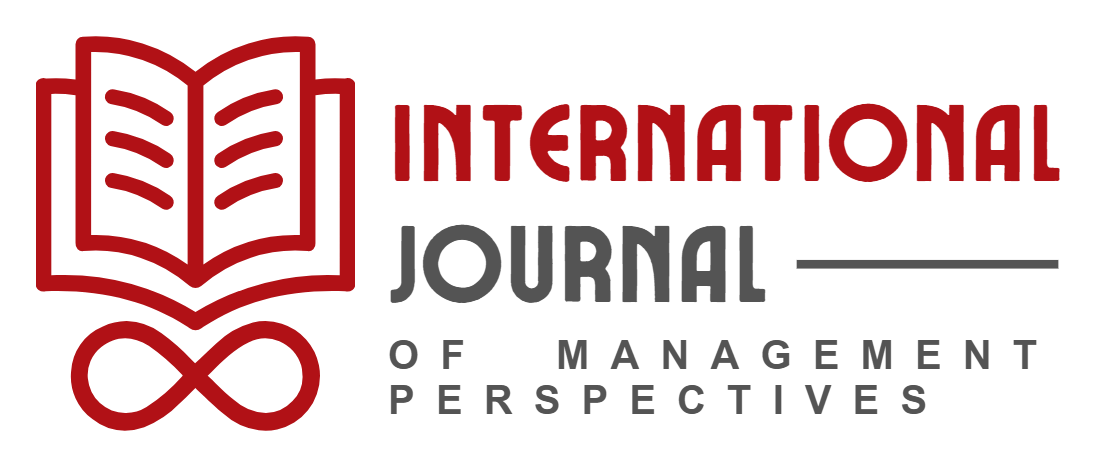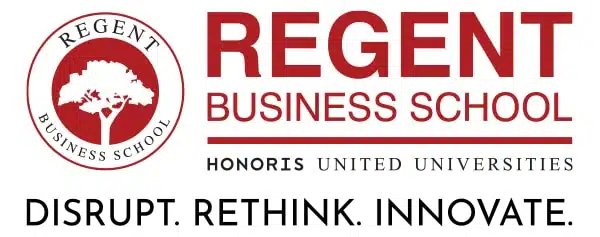Are you a teacher or school manager looking to enhance your skills so you can keep up with digital transformation?
With the world becoming more digital by the day, schools and educational institutions have started incorporating technology into their processes and systems.
Teachers must stay updated with these advancements and continue to upskill to increase their employability.
REGENT offers a Postgraduate Diploma in Education Management and Leadership that equips you with advanced education skills, including the most recent technological practices in the education sector.
This article will discuss digital transformation and cover the education industry’s top seven digital transformation trends.
What is digital transformation & how does it relate to education?
Digital transformation is the use of technologies to change and improve processes in different areas including business, education, healthcare, and more.
Digital transformation in education considers how a school’s model can be transformed to fit the needs of students, employees, and parents. It also considers how learning processes can be changed so work can be done faster and more efficiently.
Some of the biggest advantages of digital transformation in education include:
- Student performance can be tracked
- Better parent-teacher synergy and communication
- Opportunity for collaborative learning
- Future-focused curriculums
- Save time on manual tasks
Digital transformation trends in education
Now that you understand what digital transformation is and how it benefits the education industry, let us look at its seven top trends.
1. Cloud-based learning
The cloud allows students and teachers to connect from anywhere — their homes, on campus, in a different state, or even another country. The cloud became more necessary when the Covid-19 pandemic hit since students and teachers weren’t allowed on campus.
Teachers began using different applications and platforms to host their lessons and help students to stay up to date with their work.
The cloud offers many opportunities, including:
- Teachers can streamline their lessons — making online education more accessible.
- Students can upload their work and assignments so teachers can grade them online.
- Students can connect, engage, and collaborate with other students.
- Students can even take exams online.
These applications and platforms give students from various backgrounds and income levels more educational opportunities.
2. Personalised learning
With digital transformation, it has become easier than ever to personalise learning experiences. Students can decide how they want to study — public, private, or virtual.
There are even blended learning opportunities where students get to study independently while having the option to attend live or online workshops. Additionally, those with several responsibilities can learn while working full-time.
For example, REGENT offers both distance and rich-distance learning options where students can study independently or in a classroom, depending on their preferences.
Our Postgraduate Diploma in Education Management and Leadership takes on the distance learning model so you can continue working as an educator even while going through this one-year programme.
Personalised learning options also make it possible for students to learn in a way where they can retain more information and move their education forward. Thus, they are far more likely to stay on track with their study material and achieve higher grades.
3. Gamification
Schools and educational institutions have started to incorporate gamification into their curriculum.
Gamification incorporates elements of a “game” with scoring, rules, and play into learning activities. Gamification aims to increase engagement and help students retain information more interactively and enjoyably.
It also encourages teamwork, as many games often incorporate team activities. This learning method is advantageous when it comes to learning complex subject matter. However, it can be used in virtually any discipline, including maths, science, business studies, etc.
One of the biggest downfalls to this method is that it requires new technology and learning models that need constant IT support.
4. Virtual reality
Virtual reality (VR) has become an increasingly important component of the technology industry. While initially used as entertainment in video games, VR has become more prevalent in other sectors.
One of these sectors is education. Virtual reality is used in education to give students a real-world experience of what happens in their potential work environments.
For example, medical students use virtual reality to place them in a simulation of what an actual hospital or medical practice environment involves. They feel as if they need to serve customers and, in so doing, receive training that gives them hands-on experience without leaving the classroom or going to actual medical practices.
This can prepare students for real-life work environments and give them the confidence to enter a job during or after their studies.
5. Artificial intelligence
Artificial intelligence (AI) is another tool that’s proven its use in education. Some areas where AI has been particularly useful in education include the following:
- Chatbots can answer student queries and provide immediate feedback when teachers aren’t available.
- AI adaptive learning systems can identify when students are struggling and support them.
- Artificial intelligence tools such as grammar and plagiarism checkers have also made it easier for students to ensure their work is top quality.
6. Improved accessibility
Digital transformation has enabled students with disabilities and impairments to access courseware and materials in the most straightforward ways possible.
For example, speech-to-text applications create captions so students with hearing impairments can participate in live and pre-recorded lessons.
Furthermore, those with reading disabilities can do the opposite and use text-to-speech applications to make learning accessible.
7. Enhanced security
Technology and cybersecurity systems have also made it easier for schools and universities to protect their students and employees’ data.
This enhanced security makes it possible for students to upload their assignments and take exams digitally without fearing breaches in the system that result in lost work.
Study a Postgraduate Diploma in Education with REGENT
As time progresses, so will technology. As a teacher or school manager, you should keep your skills and knowledge up to date to improve systems and processes.
Have a look at our Postgraduate Diploma in Education Management and Leadership, which will teach you advanced educational and leadership skills to make you a more desirable employee.


